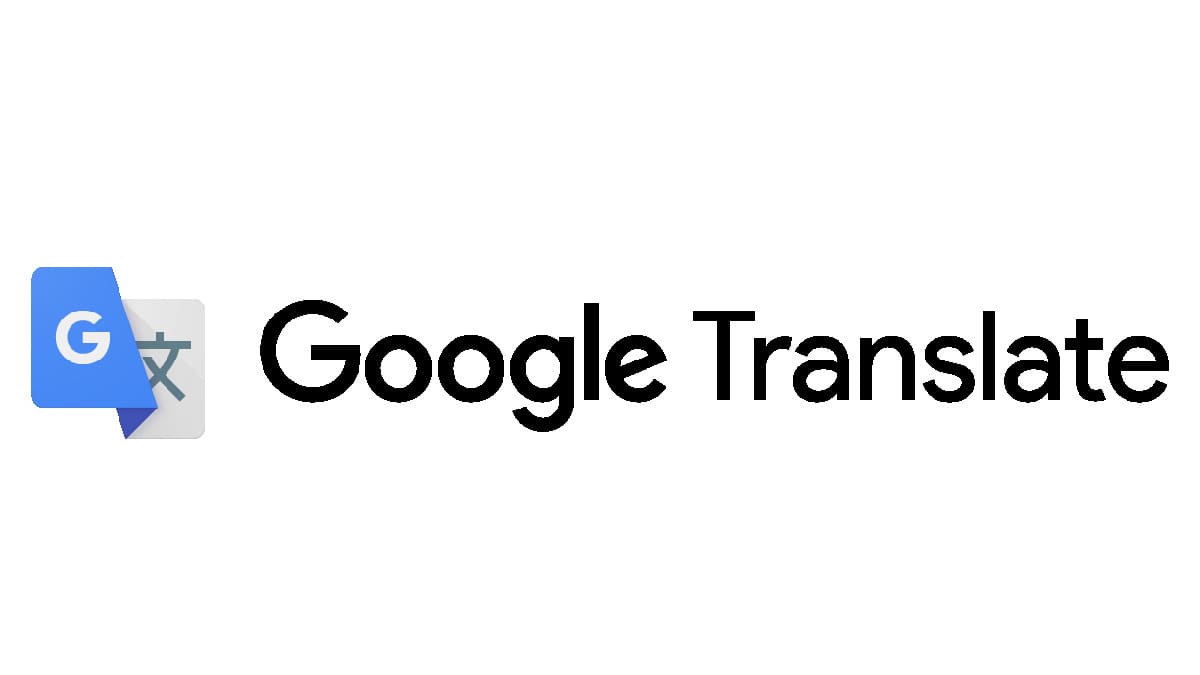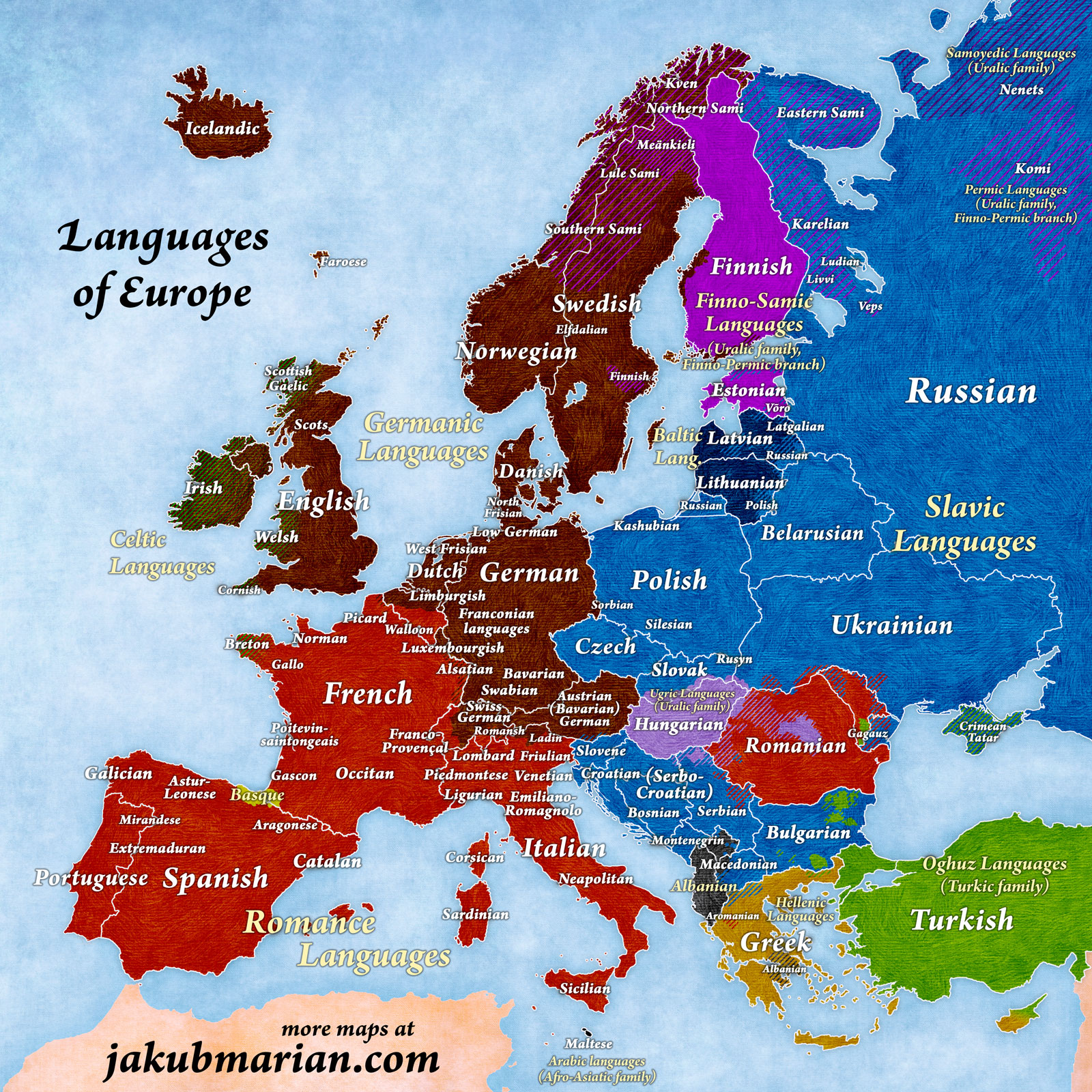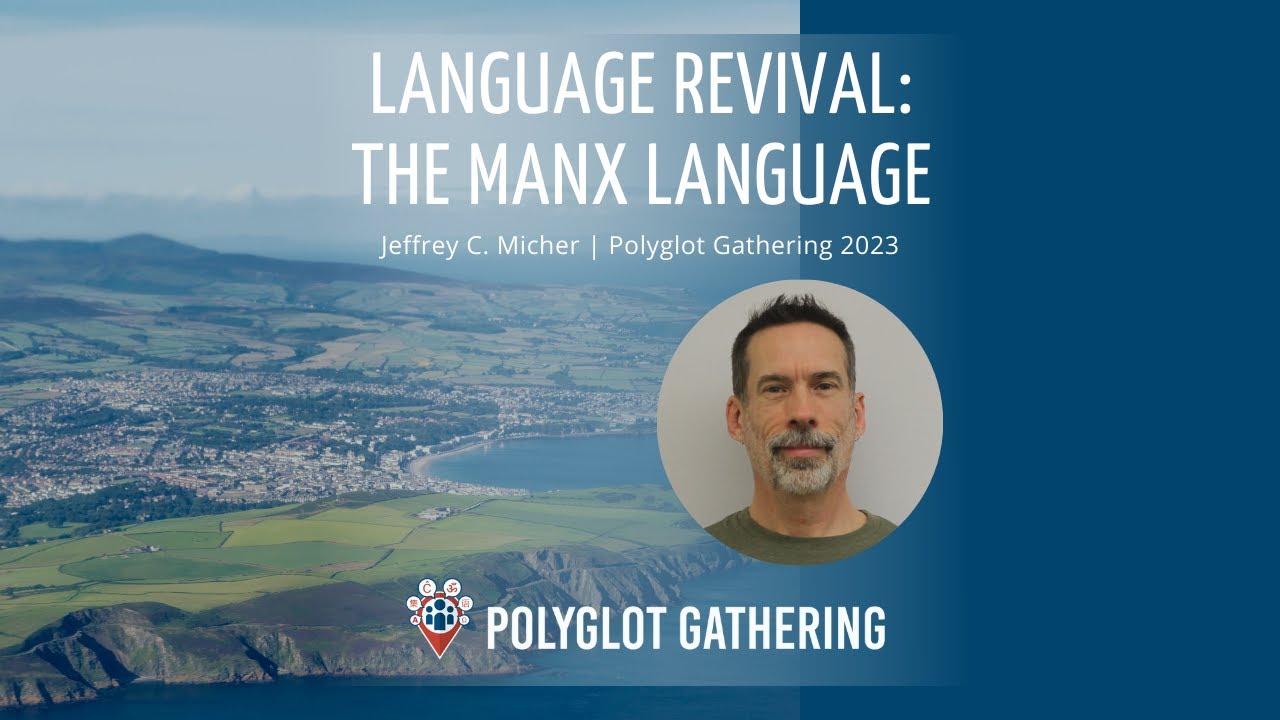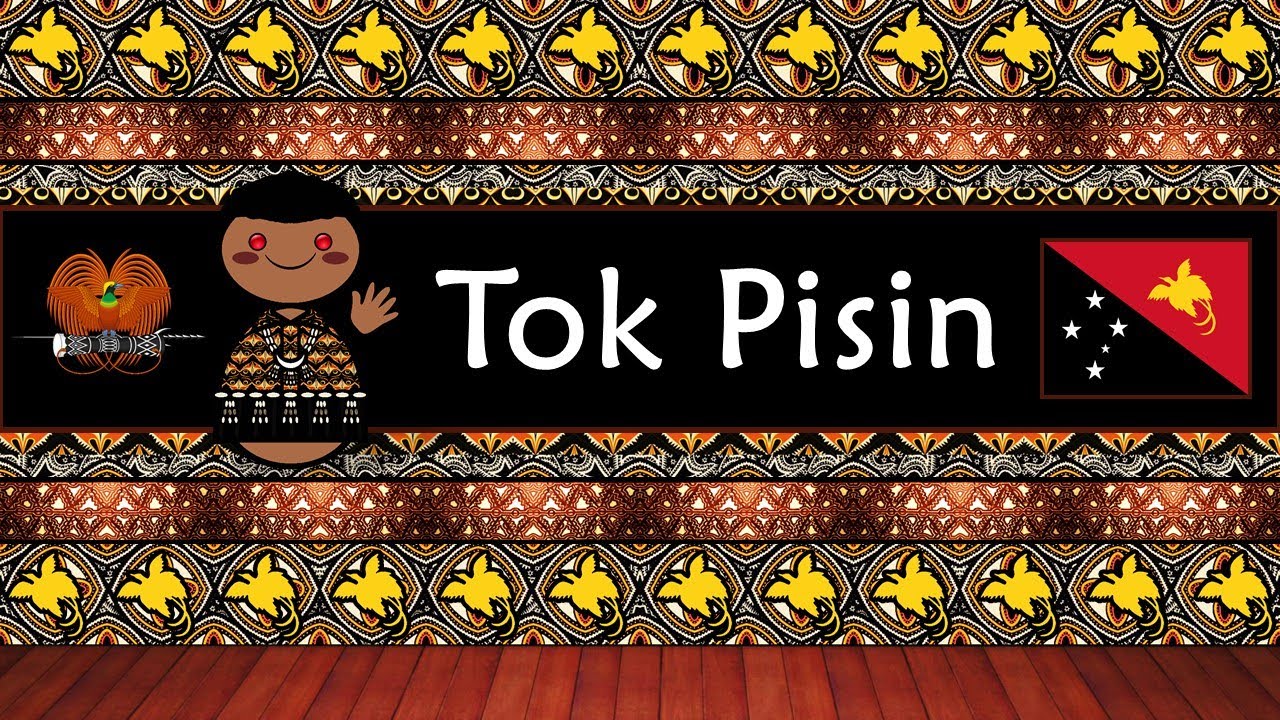
Google Translate Revolutionizes Language Barriers with 110 New Additions
In a groundbreaking move, Google Translate has expanded its language capabilities by adding 110 new languages, making it the largest expansion in the platform’s history. This feat was made possible through the use of advanced artificial intelligence (AI) models, specifically the PaLM 2 large language model (LLM).
 Google Translate logo
Google Translate logo
According to Isaac Caswell, senior software engineer for Google Translate, these new languages represent more than 614 million speakers, opening up translations for around 8% of the world’s population. This significant update includes languages such as Cantonese, the Shahmukhi dialect of Punjabi, and Max, among others.
Breaking Down Language Barriers
The expansion of Google Translate is a testament to the power of AI in breaking down language barriers. With this update, users can now access translations for languages that were previously unavailable, including those with small communities of Indigenous people and languages with active revitalization efforts.
 Language map
Language map
Notable Additions
Among the notable additions to Google Translate is Cantonese, which has long been one of the most requested languages for the tool. However, due to its overlap with Mandarin in writing, it was challenging to add Cantonese to the platform. Shahmukhi, a variety of Punjabi that’s the most spoken language in Pakistan, was also added, along with Afar, a tonal language spoken in Djibouti, Eritrea, and Ethiopia.
Revitalizing Endangered Languages
The update also includes Manx, the Celtic language of the Isle of Man, which nearly went extinct with the death of its last native speaker in 1974. However, a revival movement on the island has resulted in thousands of speakers. This addition highlights the importance of preserving and promoting endangered languages.
 Manx language revival
Manx language revival
Tok Pisin: A Lingua Franca
Tok Pisin, the lingua franca of Papua New Guinea, was also added to Google Translate. As an English-based creole, users who are English speakers may be able to make out the meaning of translations in Tok Pisin.
 Tok Pisin language
Tok Pisin language
Conclusion
The expansion of Google Translate is a significant step forward in breaking down language barriers and promoting global communication. With the addition of 110 new languages, users can now access translations for languages that were previously unavailable. This update highlights the power of AI in revolutionizing the way we communicate and interact with each other.
 Google Translate logo
Google Translate logo














